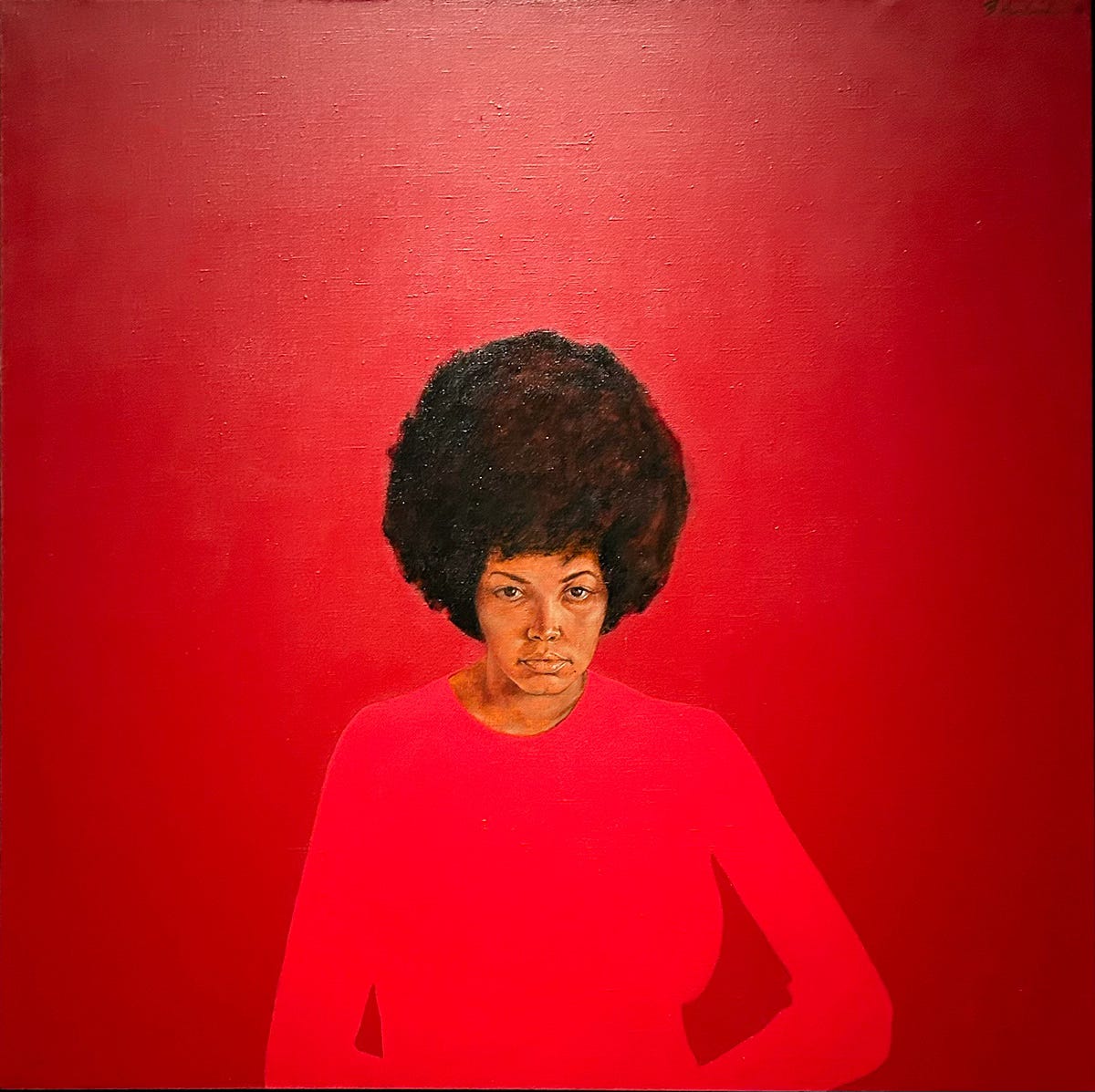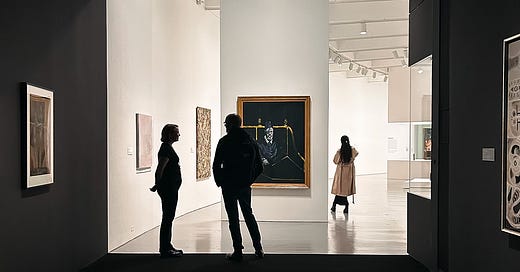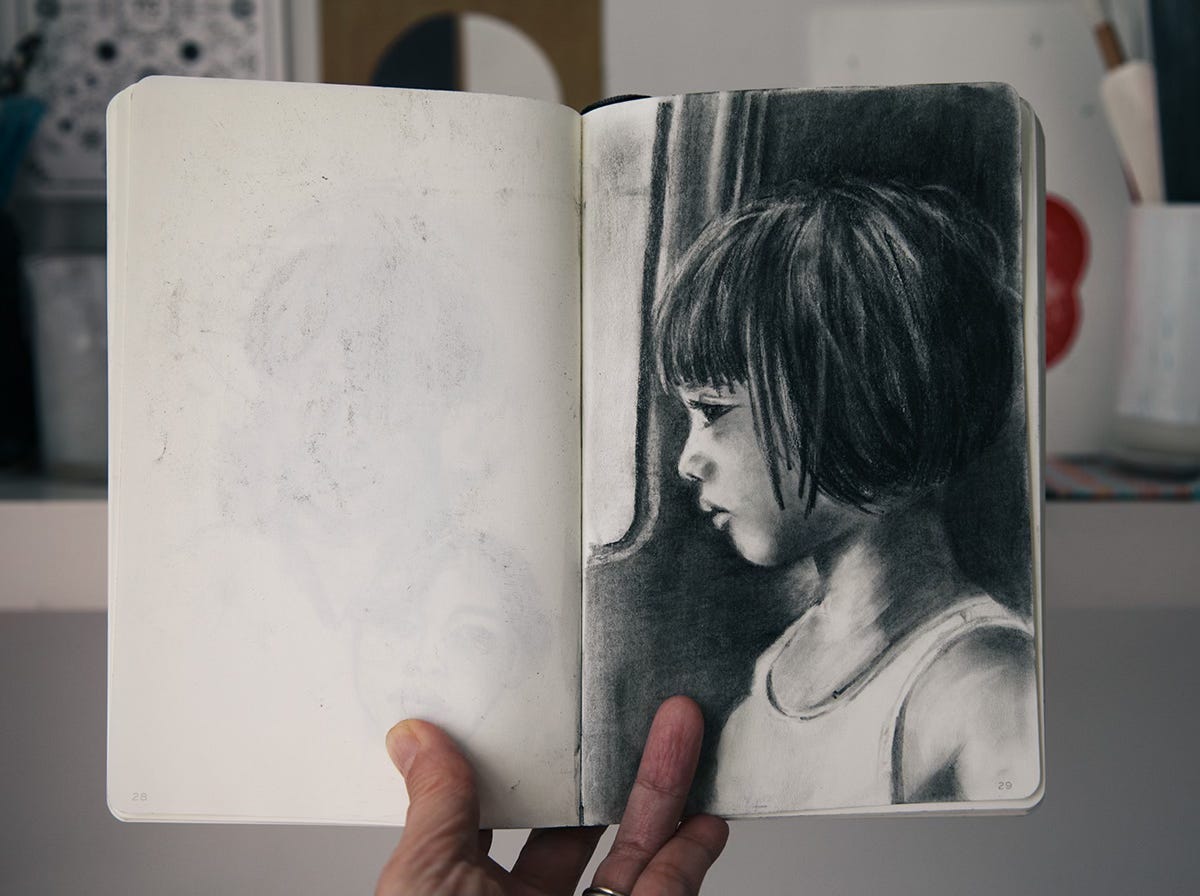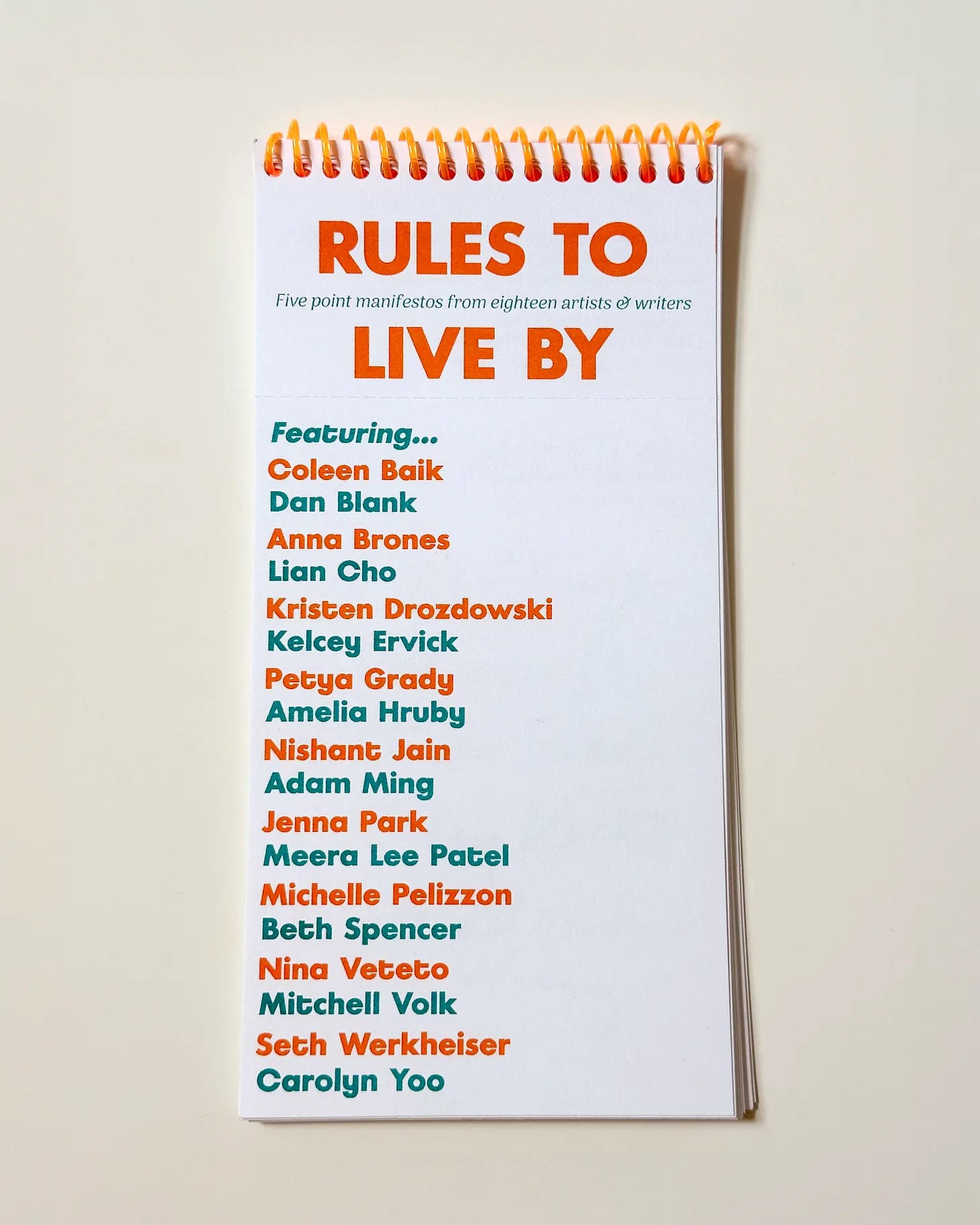Art matters, but nobody wants to fund it.
Is art a luxury or a necessity? Artistic freedom and the politicization of cultural legacy.
The question of whether art is a luxury or a necessity has been as rich a subject of debate as the timeless argument over whether all art is political.
Imagine receiving an email on a Friday evening from the government that your grant has been cancelled. You’ve been in rehearsals. The festival season opens a mere month away. No explanation given except that your work no longer aligns with the President’s priorities. This is what happened on May 2nd to hundreds of National Endowment for the Arts grant recipients. Film festivals, dance companies, theater, literary groups, and other cultural institutions are now left scrambling to find alternate ways of funding their programming, many of which are well underway mid-season.
American playwright, August Wilson, once said, "I think all art is political in the sense that it serves someone’s politics."
Art doesn’t exist in a vacuum; every artist is shaped by their identity, values, and life experiences. My drawings aren’t political at all, but I am a woman of color in this country and an immigrant. So perhaps the question shouldn’t be, “is all art political?” but rather, “can all art be political?” Even if a work of art is not explicitly or intentionally political, art is subject to individual interpretation.
So it’s hard not to see the changes to grant making policies under the current administration as anything but a pointed and intentional act as they continue to attack “anti-woke” institutions like colleges and universities. These cuts are aimed at the vulnerable and underserved, specifically LGBTQ+ communities and programs centered on DEI that don’t align with “current American values.” (insert the biggest eyeroll here).
But the implications reach every corner of the U.S., in all congressional districts, and all the way down to your local arts organizations. The NEA is the largest funder of the arts. While its budget is small compared to say, military spending or countries with strong government arts funding, it’s among a group of “small agency eliminations,” including libraries and museums, that aims to reduce unnecessary governmental entities.
But who determines what is necessary? Is art a luxury? And who should fund it?
Funding shortfalls are nothing new. Even before this administration took office, the arts have faced significant challenges with underfunding in recent years. Art is widely appreciated and many would assert that it’s critical to the enrichment of our country, but securing financial support has always been a challenge. Some organizations are still trying to claw back from pandemic-era losses while others may now fear that federal cuts might influence private donors in an already fatigued philanthropic landscape.
What’s interesting, though not entirely surprising, is that opinions often fall along party lines. With the national debt now ballooning over $35 trillion, some Americans believe that the arts are not essential when there’s economic strain. They don’t think that tax payers should have to fund something that they themselves have no interest in—or worse, find offensive. But by that same logic, I don’t want to foot the bill as a tax payer for the president’s weekly gulf soirees or the $21 million already spent deporting migrants to Guantanamo Bay.1 Consider me offended.
So while you may have no interest in supporting the Tricia Brown Dance Company in NYC or The New Haven Festival of Arts in Connecticut, you can’t ignore that the arts is a strong economic driver that supports millions of jobs, plays an important role in urban revitalization, and generates tourism dollars.
In 2023, arts and cultural industries grew twice the rate of the U.S. economy and added $1.2 trillion, representing 4.2 percent of the nation’s GDP.2
Despite the evidence, the perceived value of the arts is increasingly questioned. More than 14 million people attend shows on Broadway every year, but the majority of the productions fail to recoup their investment.3 Why is art so often devalued compared to sports? Is it because of the persistent belief that art has always been for the privileged and elite?
But equitable access to art isn’t possible without public funding and art is the first to get slashed in budget cuts. Our obsession with pushing kids into STEM or prioritizing STEM research (well, until now) diverts resources and investment away from the arts.
I’ve seen this countless times during the years my kids have gone through the NYC public school system. We’re privileged to live in a zip code where the PTA has the means to generously raise money to fund programs that are threatened, but not every school can. This endangers the spirit that art is for everyone.
Those in power who control what gets funded and doesn’t risk perpetuating systemic barriers to opportunities and representation. When a government starts making decisions to punitively revoke financial support based on ideological values that it deems "improper, divisive, or anti-American," it puts into question broader implications for cultural expression.

We’re seeing it with recent attacks against the Smithsonian, the Kennedy Center, and PBS. The deputy assistant secretary for communications at the DOE has claimed that the “cancelled Ready to Learn grants to PBS were funding racial justice educational programming for five- to eight-year-old children.”4 But what does that even mean? Racial equity = woke propaganda now?
Sometimes my rage can’t be contained.
I learned how to speak English watching Sesame Street on PBS and it was a huge part of my assimilation into American culture as an immigrant toddler. But I guess this shouldn’t be a surprise when this same administration is specifically targeting the National Museum of African American History and Culture for “divisive, race-centered ideology” that “deepens societal divides and fosters a sense of national shame.”5 (insert more eyerolling here)
In her speech as the recipient of the Great Americans Medal on May 8th, Ava DuVernay said:
We know that what is sometimes labeled “improper ideology” is in fact connective. That what some call “distorted” is simply a new perspective—long buried, now revealed.
Let me tell you about the teacher who brings students here because their textbooks will not speak of redlining, or Tulsa, or internment camps, or Stonewall. Let me tell you about the families—Black, white, brown, immigrant, native—who walk through those doors and feel that this country might make room for all of them.
That is not indoctrination. That is belonging.6
When it comes to policy making, impact isn’t always quantifiable, but I invite anyone who thinks art is a luxury to remind themselves what life was like during the pandemic.
What is life without art? Even if you never set foot in a museum, we all consume music, read books, watch movies and T.V. shows. Once we satisfy our basic needs of food and shelter for survival, we crave beauty, entertainment, and inspiration. It is at the top of Maslow’s hierarchy of needs. The clothes, jewelry, and shoes that you wear, the objects in your home, and even some of the food that we enjoy is all art.
“Art washes away from the soul the dust of everyday life.” – Pablo Picasso

Art gives a voice to the voiceless; those in power are fearful of the currents that it can unleash. Anything that gives a platform to marginalized people and challenges social norms and power structures can be considered a threat.
But this is what art can do. It can build communities, shape and preserve our cultural identity, and inspire change. It holds up a mirror and stimulates uncomfortable conversations, improves our critical thinking, and fosters empathy. Art is a framework in which to understand the world but also to escape from it when the world becomes too much.
Since the earliest breath of humankind, we have been creating. Art is intrinsically human and it is everywhere. When we are gone, art is what remains.
Related reading
Weekly links & recommendations
To read:
Is the Next Great American Novel Being Published on Substack? Professional writers and passionate amateurs are using the platform to experiment with new forms. (The New Yorker)
Did South Korea’s legendary female free divers evolve for a life underwater? Scientists find new evidence (CNN)
One of my favorite experiences from my trip a few years ago to Jeju Island was buying freshly caught sea squirts and abalone from the Haenyeo and eating it right on the water. The possibility of genetic variations from a lifetime of diving is fascinating!I tried the viral $20 strawberry. It tasted like the end of the American empire (The Guardian)
A single $20 strawberry in a domed jewel case flown in from Japan reads like a dystopian future where fresh fruit is rare and only for the rich.I Can Never Own My Perfect Home – There is a cost to being a writer, and my bill has come due (Electric Lit)
A personal essay from Lydia C. Buchanan about literary dreams and home ownership.Huh? The Valuable Role of Interjections Utterances like “um,” “wow,” and “mm-hmm” aren’t garbage, they keep conversations flowing. (Sapiens)
- created a beautiful zine in risograph printing of 5 rules to live by featuring 18 Substack writers (including yours truly).
To watch
Public libraries are a national treasure! In the age of the internet, we’ve forgotten what a crucial role they play in supporting literacy in communities. This is a wonderful documentary about the history of the public library from PBS. Two lines that grabbed my attention:
“Women just wanted to read.”
“There was concern that education might also warp a women’s body. That women would become infertile if she spent too much time with the books.” (no amount of eyerolls can suffice here).
https://www.the-independent.com/news/world/americas/us-politics/trump-military-deportation-flights-guantanamo-bay-b2749316.html
https://www.arts.gov/news/press-releases/2025/arts-and-cultural-industries-grew-twice-rate-us-economy-adding-12-trillion
https://www.thepolicycircle.org/minibrief/the-creative-economy/
https://kidscreen.com/2025/05/07/trumps-administration-axes-the-ready-to-learn-grant/
https://www.artnews.com/art-news/news/trump-smithsonian-executive-order-explained-1234737805/
https://deadline.com/2025/05/ava-duvernay-smithsonian-speech-video-1236392747/










Thanks for expressing everything I've been feeling — again — lately, Jenna. Living in a society that continues to prioritize other things over cultural engagement and creative understanding is frustrating. I caught up with a friend who works, or rather worked, at the Wisconsin Humanities Council yesterday. As with so many humanities orgs nationwide, their funding has been slashed and their important work shuttered. It's depressing, and I don't know where we go from here. I really appreciate your recent essays and am glad to have found you here. I hope we can connect in person someday. Thanks for doing what you do. Please keep going.
I too am an immigrant and also grew up on everything that PBS has to offer. It truly makes me sad and angry and begs the question that you put forth, are the arts just for the elite? Or those who can pay?